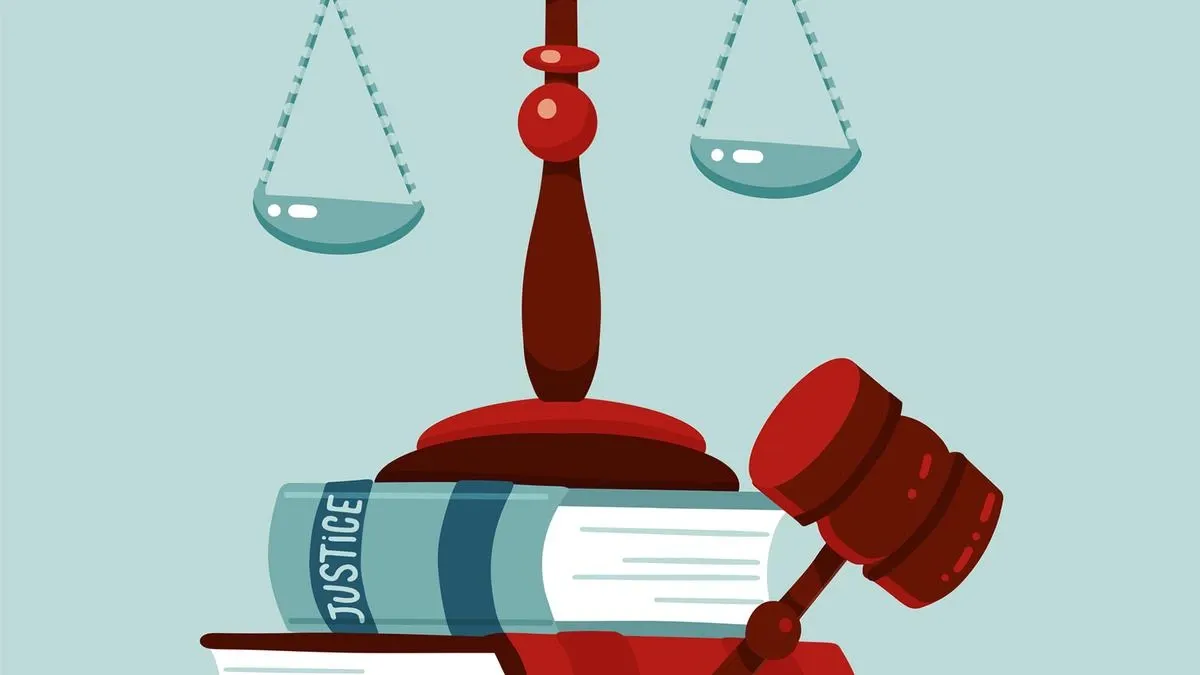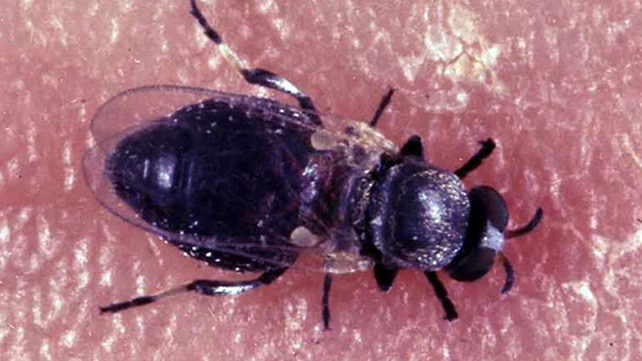What is the Procedure for Removal of a Judge?
- Constitutional provisions: Under Articles 124 and 217 of the Indian Constitution, a Supreme Court or High Court judge can be removed by the President on grounds of ‘proved misbehaviour’ or ‘incapacity’. The motion must be passed in both Houses of Parliament:
- By a majority of the total membership of the House, and
- By a two-thirds majority of the members present and voting in the same session (special majority).
- The Constitution does not define the terms ‘proved misbehaviour’ or ‘incapacity’. However, the Supreme Court has clarified through its judgments that actions such as wilful misconduct, corruption, lack of integrity, or offences involving moral turpitude constitute misbehaviour.
- Incapacity refers to a medical condition that includes physical or mental limitations preventing the judge from performing duties effectively.
Detailed Procedure Under the Judges (Inquiry) Act, 1968
The procedure for removal of judges is elaborated in the Judges (Inquiry) Act, 1968, which requires:
- A motion for removal is to be signed by at least 50 members in the Rajya Sabha or 100 members in the Lok Sabha.
- The Chairman of the Rajya Sabha or the Speaker of the Lok Sabha has the discretion to admit or reject the motion after consultation.
- If admitted, a three-member committee is constituted, comprising:
- A Supreme Court Judge,
- A High Court Judge, and
- A distinguished jurist.
- The committee investigates the allegations. If the judge is cleared of misconduct or incapacity, the motion is dropped and not pursued further.
- If the committee finds the judge guilty of misbehaviour or incapacity, the report is tabled in both Houses of Parliament, where the motion must be passed by a special majority.
Q1. Who is the current CJI of the Supreme Court?
The current (Dec 2024) Chief Justice of India is Justice Sanjiv Khanna
News: What is the procedure for removing judges? | Explained – The Hindu.
Last updated on November, 2025
→ Check out the latest UPSC Syllabus 2026 here.
→ Join Vajiram & Ravi’s Interview Guidance Programme for expert help to crack your final UPSC stage.
→ UPSC Mains Result 2025 is now out.
→ UPSC Notification 2026 is scheduled to be released on January 14, 2026.
→ UPSC Calendar 2026 is released on 15th May, 2025.
→ The UPSC Vacancy 2025 were released 1129, out of which 979 were for UPSC CSE and remaining 150 are for UPSC IFoS.
→ UPSC Prelims 2026 will be conducted on 24th May, 2026 & UPSC Mains 2026 will be conducted on 21st August 2026.
→ The UPSC Selection Process is of 3 stages-Prelims, Mains and Interview.
→ UPSC Result 2024 is released with latest UPSC Marksheet 2024. Check Now!
→ UPSC Prelims Result 2025 is out now for the CSE held on 25 May 2025.
→ UPSC Toppers List 2024 is released now. Shakti Dubey is UPSC AIR 1 2024 Topper.
→ UPSC Prelims Question Paper 2025 and Unofficial Prelims Answer Key 2025 are available now.
→ UPSC Mains Question Paper 2025 is out for Essay, GS 1, 2, 3 & GS 4.
→ UPSC Mains Indian Language Question Paper 2025 is now out.
→ UPSC Mains Optional Question Paper 2025 is now out.
→ Also check Best IAS Coaching in Delhi

















